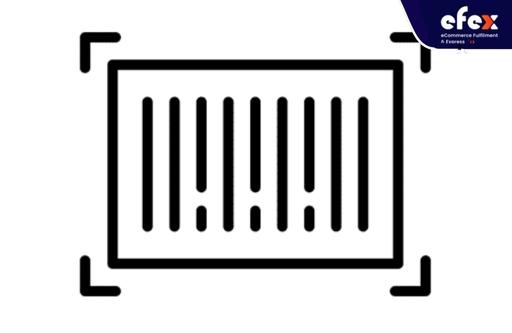
A set of Radio Frequency Identification (RFID) systems and services called GS1 EPCglobal aims to improve the flow of information among businesses and their most important trading partners while also increasing visibility and productivity all through the supply chain.
The Electronic Product Code is kept on an RFID tag and can be linked to the information stored in a secure database. This is the next-generation barcode, but read information about the product more quickly and effectively using radio waves. In this post, we will give you a better understanding about Electronic Product Code.
The phrase "Electronic Product Code" (EPC) refers to unique markers assigned to tangible items, unit loads, locations, or other recognized entities that are crucial to business operations. A brand-new standard for product definition is the EPC—Electronic Product Code. The straightforward GTIN (Global Trade Item Number) framework was created to give companies a means to transition from the current barcode requirements to the EPC.
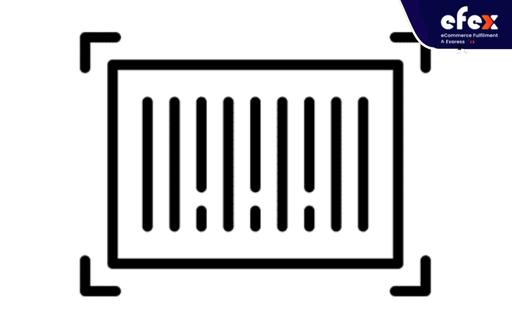
The MIT Auto-ID Centre, more than 120 international organizations, and university laboratories founded the EPC. A division of GS1, EPC System is run by EPC Global Inc. The EPC is a key component of the EPC Global Network and is intended to establish a standard for the use of RFID globally.
👉 Read More: What Is Goods Received Note? Format And Example
EPCs come in a variety of forms, including text and binary variants that can be used for data transmission across information systems and Radio Frequency Identification (RFID) tags, respectively. The EPC Tag Data Standard (TDS) offers syntaxes for tagging procedures and specifies the EPC database structure.
Using this technique, RFID tags with specified locations for electronic product codes are used to communicate inside a range of approximately 10 cm without the necessity for visual communication. These RFID capabilities can assist increase supply chain efficiency and inventory performance.
An EPC operates on the same basis as an RFID tag, which transmits and receives data when it is in contact with a reader. RFID and an EPC are not the same things, though. For effective inventory control, the EPC is used in supply chain management. An EPC uses RFID technology to increase and enhance supply chain management visibility. EPCs provide customers with a number of advantages, including tracking inventory records and assisting in the delivery of the appropriate goods.
A particular physical thing has a distinct identity thanks to an Electronic Product Code (EPC), a type of global identification. For all time, this identity is intended to be distinct from all other physical items and categories of those physical items. EPCs are typically encoded on RFID tags that can be used to track a variety of commodities, such as trade goods, capital assets, paperwork, or reusable transporting goods.
👉 Read More: What Is Handling Fees? Calculation And Example
There is a GS1 Key assigned to each sort of object, including trade goods, paperwork, reusable assets, and more. The data structures for the keys are assigned by and managed by GS1. The EPC information connected to a physical thing has context thanks to GS1 Keys. The GTIN, which classifies a type or collection of trade products, is the sole GS1 key that does not connect directly to an EPC data structure.
The setting of the SGTIN EPC schema is formed by the pairing of a GTIN and a serial number because an EPC always refers to a distinct individual item.
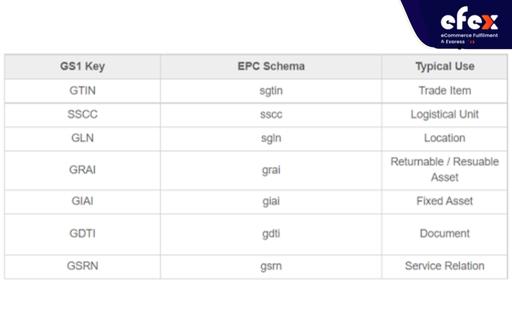
A single EPC can give a specific product's production date, provenance, or batch number, which may be what separates two identical items. This is the basic format of EPC:
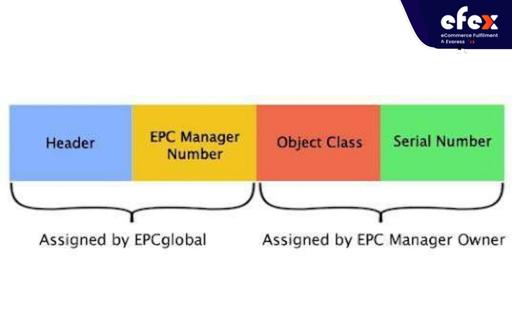
EPCglobal, a branch of GS1, is in charge of standardizing and applying EPC use. EPCglobal developed the EPCglobal Architecture Framework (EPCAF), a group of software, hardware, and data standards, to guarantee the EPC usage best practices.
A few EPC basics are defined by the framework: The most common way to express an EPC as an Internet Uniform Resource Identifier is with a Pure Identity EPC URI (URI). Similar to how a URL defines a website's source or place, the Pure Identity EPC URI is the format used to address a physical item in papers, databases, or software packages. The EPC is supported by control information in the data structure known as the EPC Tag URI.
👉 Read More: What Is Material Handling Cost? Formula And Example
The EPC information and control data are saved in a computer's memory on the tag to guide the collecting data procedure from Gen 2 RFID tags. In decimal form, the EPC Tag URI data is presented. Binary Encoding is the final standard. The EPC information and the control information are compressed into binary form and stored in the Gen 2 RFID tag's EPC memory bank.
The EPC Tag URI data is translated into this binary format. Only extremely basic hardware or software implements binary encoding, which is typically transformed into the Pure Identity EPC URI or EPC Tag URI form before being delivered to application logic.
The fact that everyone adheres to the same standard makes it easier to get things done. Imagine if there were no accepted method for measuring space or time. The same is true of our supply chain's requirements. They discuss information transmission and preservation techniques to enable smooth intelligence sharing between businesses. By minimizing operations and removing paperwork, supply chain standards ultimately result in time and resource savings.
The goal was to create a cost-effective system using RFID technology for inventory tracking. Due to the fact that RFID does not necessitate visible sight, things can be tracked by labeling even if people are not physically scanning items. EPC tags were designed to identify every manufactured good, as compared to just the maker and category of goods, as current barcode technology does.
The supply and distribution systems' productivity would be greatly enhanced thanks to EPC technology. The goal is to oversee almost flawless supply chain monitoring, which would allow for timely and safe tracking of any object. Mistakes and downtime can be significantly decreased via RFID. The goods connect with inventory systems directly, instead of entering data into a database or detecting wrong barcodes.
Readers installed in manufacturing facilities, retail stores, warehouses, and retail shelves will continuously track the movement of goods from the production line to the consumer.
👉 Read More: What Is Machine Downtime: Example And Calculation
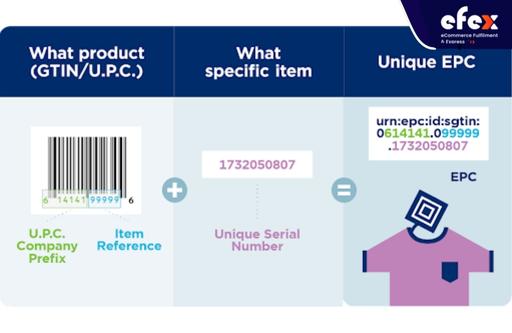
While preserving your present investment in GS1 Standards, the usage of the EPC with Radio Frequency Identification (RFID) offers an efficient transition from current barcode-based systems to RFID.
The EPC offers a wealth of globally recognized, practical information that:
So how does one obtain an EPC? To get started, all you need is a Universal Product Code (U.P.C.) and a special serial item identifier that complies with GS1 Standards. This image indicates how an internationally unique EPC is made by adding the U.P.C. to a special serial number. An Item Reference Number, a U.P.C. Company Prefix, and a Calculated Check Digit make up your U.P.C.
That’s all Electronic Product Code that any business today should know. If you are still unclear about any information about it, don’t hesitate to contact Efex for the support!
